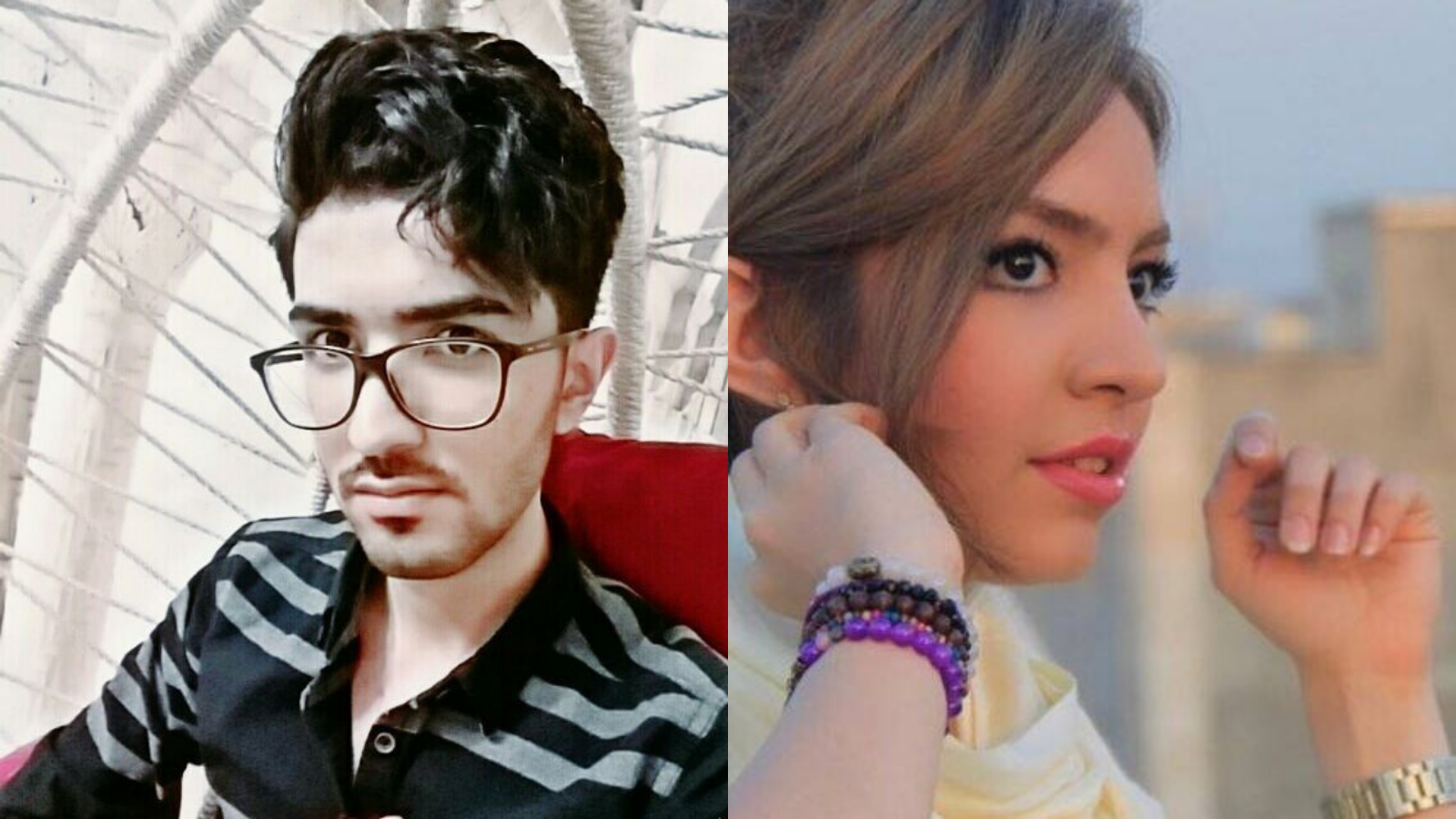This article originally appeared on VICE Canada.
Sixty-three Canadians are among the 176 dead after a passenger jet commuting from Iran to Ukraine went down shortly after taking off in Tehran.
Early Wednesday morning, Ukraine International Airlines flight PS752, a Boeing 737-800, crashed into Iranian farmland shortly after leaving Imam Khomeini airport. According to radar tracking websites, the flight climbed to 2,400 meters [7,900 feet] before it went down. Among the dead are 82 Iranians, 63 Canadians, 11 Ukrainians, 10 Swedes, four Afghans, three Britons, and three Germans. The youngest killed was born in 2016, while the oldest on board was born in 1950.
Canadian Prime Minister Justin Trudeau issued a statement Wednesday morning in which he “offer our deepest condolences to those who have lost family, friends, and loved ones in this tragedy.”
The cause of the crash is currently unknown. Originally, the Ukrainian embassy in Tehran indicated that the flight was caused by a mechanical issue but has removed the statement. The airline issued a statement saying that the plane had finished routine maintenance on Monday and was built in 2016. Iranian authorities have speculated that an engine fire brought down the aircraft.

The Canadians killed in the crash come from all across the country. Many of the Canadians are believed to be students traveling back to Toronto after the holidays, the Globe and Mail reported. Global News has confirmed that at least six of the dead were returning to Winnipeg, this included a number of University of Manitoba students. One student from Dalhousie University in Halifax has been confirmed among the deceased.
A significant number of the Canadians killed were from Edmonton, Alberta. The former president of the Iranian Heritage Society of Edmonton tweeted that 27 of the dead were from Alberta’s capital, which would account for one percent of the city’s Iranian population.
One of Melika Motamedi’s close friends, Sara Saadat, was on the plane. Saadat’s younger sister and mother were also aboard, said Motamedi, who studies medicine at the University of Alberta.
“The last text I sent to her was ‘Tell me you’re not on the flight’ and she wasn’t responding,” Motamedi said. Then, the phone rang. It was Saadat’s father.
“Please tell me this isn’t real. This is all a dream and this isn’t happening,” Saadat’s father told Motamedi’s family.
He called Motamedi’s family to say he had just lost his wife and two daughters in the crash. Originally from Edmonton, Saadat was studying in California. Motamedi hopes people remember Saadat and her sister for their ambition and intelligence.
“Most of all, they were just such kind, gentle souls,” Motamedi said. “They always cared about making the other person feel better and had so much life ahead of them.”
The Islamic Shia Ithna-Asheri Jamaat, a Toronto based mosque, has confirmed to VICE that three of their members were on the plane when it went down. The deceased were returning from Ziyarat—an Islamic pilgrimage.
The crash is the worst to involve Canada since the Air India attack in 1985 claimed 288 Canadian lives.
Plane crashed after Iran attacked U.S. military targets
The plane took flight only hours after Iran attacked U.S. military targets in Iraq in retaliation for the assassination of on of their top generals. There has been no indication thus far that the two situations are linked. Reports indicate Iran has told Boeing that it will not be handing over the plane’s “black box” to the U.S. or to the company. The "black box" would have recorded information regarding the flight’s final minutes. Instead Iran will work with Ukraine to investigate the crash.
An alleged video of the crash, which has yet to be verified by authorities, purportedly shows the plane on fire prior to exploding upon crashing into a field. The video seems to show something on the plane igniting prior to impact.
Ukraine's president, Volodymyr Zelensky, issued a statement in which he urged people against “ "speculation or unchecked theories regarding the catastrophe.” Zelensky said Ukraine will be sending a team of experts to Iran to investigate the crash. Nine of the 11 Ukranians killed in the crash were members of the flight crew.
NDP Leader Jagmeet Singh tweeted out that “these families deserve clear answers, but whatever the cause, this is devastating.” Vadym Prystaiko, the Ukrainian Minister for Foreign Affairs, tweeted out he has spoken to his Iranian counterpart and the two nations will work together to investigate the crash. Trudeau stated he will be working with other countries involved to ensure the cause of the crash becomes known.
“Our government will continue to work closely with its international partners to ensure that this crash is thoroughly investigated, and that Canadians’ questions are answered,” read Trudeau’s statement.
The Boeing 737-800, a popular passenger plane, has been involved in several high profile crashes in the last few years. In 2018, one person was killed after a pilot undershot a runway in Micronesia and sent the plane into a lagoon. In 2016 an engine exploded on a Southwest Airlines flight which broke a window and killed the woman sitting next to it. Sixty-two people were killed after a FlyDubai flight crashed while landing in Russia in 2016. Similar to what happened in the Ukraine, 115 people were killed in Cameroon in 2007 after a 737-800 crashed shortly after takeoff.
The 737-800, which first took flight in 1997, was the predecessor to the Boeing Max 8, the plane that was grounded worldwide in early 2018 after being involved in several fatal crashes.
After the crash Ukraine International Airlines suspended all its flights in Iran “due to the situation in the region.” Ukrainian President Volodymyr Zelensky said on Facebook that his government is sending a team of experts and security officials to Iran Wednesday evening to investigate the plane crash near Tehran.
This story is breaking and will be updated.
Follow Mack and Anya on Twitter.
from VICE https://ift.tt/2N7pISt
via cheap web hosting
No comments:
Post a Comment